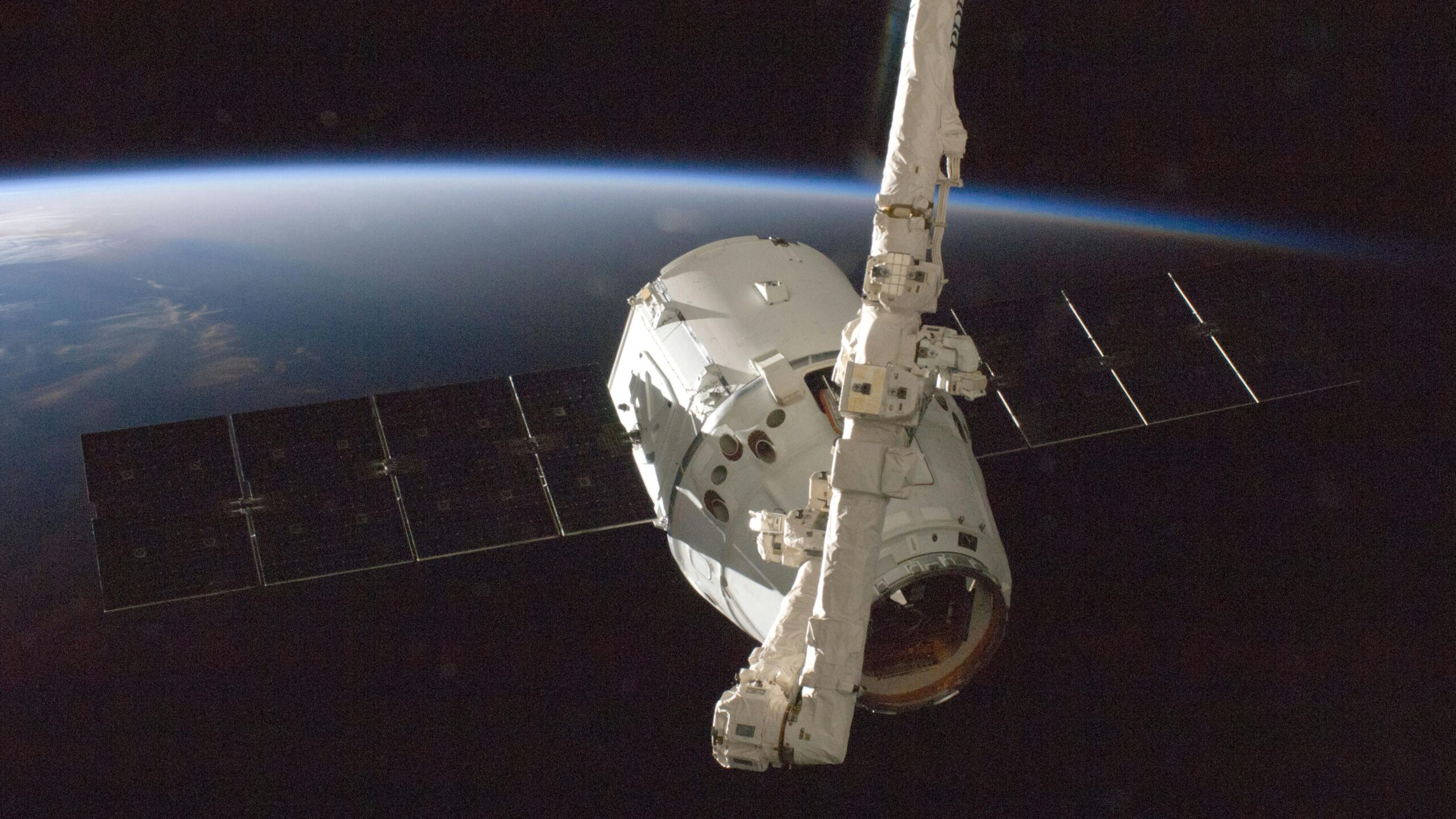Starlink is relevant in Uganda because most of the country still needs fast internet. Local fiber and cell towers stop at the towns. This satellite service promises to bring high-speed internet to the furthest villages. But there’s a real question we need to ask: Will it help the millions who lack connectivity, or only the few who can afford it?
The Case for Bridging the Divide
Uganda has an internet problem. If you live outside Kampala or Entebbe, getting a fast, reliable signal is tough. This is the digital divide. Our children in rural schools can’t use online learning tools. Our village clinics can’t easily send patient data to city hospitals. The economy slows down because of this.
This is where Starlink changes the conversation. It doesn’t need trenches for fiber or massive cell towers. It only needs a dish and a clear sky.
- Remote Services: Starlink’s fast, low-latency connection (meaning instant communication) is perfect for telemedicine and e-learning. It can connect a remote health center for a real-time video consultation with a doctor hundreds of miles away. That’s a huge step forward for public services.
- Competition: Even if most people don’t sign up, Starlink’s presence forces local providers, like MTN and Airtel, to do better. We’ve already seen them offer cheaper fiber plans to compete, and that helps everyone.
The Reality of Inequality
Starlink’s biggest hurdle in Uganda is simple: money. This is why the service might deepen inequality, not bridge the gap.
First, there is the equipment cost. The dish and router alone will likely cost over UGX 1 million ($270 to $350 based on regional pricing). Then, the monthly fee is expected to be around UGX 185,000 ($50 to $80), depending on the package.
That’s a premium product. The average Ugandan household cannot afford that initial purchase, let alone the monthly bill. This means the first customers will be wealthy urbanites, international businesses, top-tier safari lodges, and non-government organizations NGOs.
It’s honest to say that Starlink will connect the already-connected rich with better internet. It won’t instantly connect the poor.
And there is the power problem. Starlink needs reliable electricity. In many rural areas, there is no stable power grid. So, a user has to buy the Starlink kit, the monthly subscription, and then a solar or battery backup system to run it. The total cost becomes even higher.
The Path Forward
The final relevance of Starlink to Uganda is not about individual homes. It’s about its ability to serve as the digital backbone for our most critical services.
The government and partners should focus on using Starlink for community access points: connecting a few rural schools, health centers, and public libraries. This is the only way the high cost can benefit the wider public. The service is here, or it will be soon, as the application process with the Uganda Communications Commission (UCC) moves forward.
It offers high-speed internet where no other company can. But we must be real about its price. It’s a powerful tool, but right now, it’s a luxury tool. And that means its impact will be felt first by those at the top.
